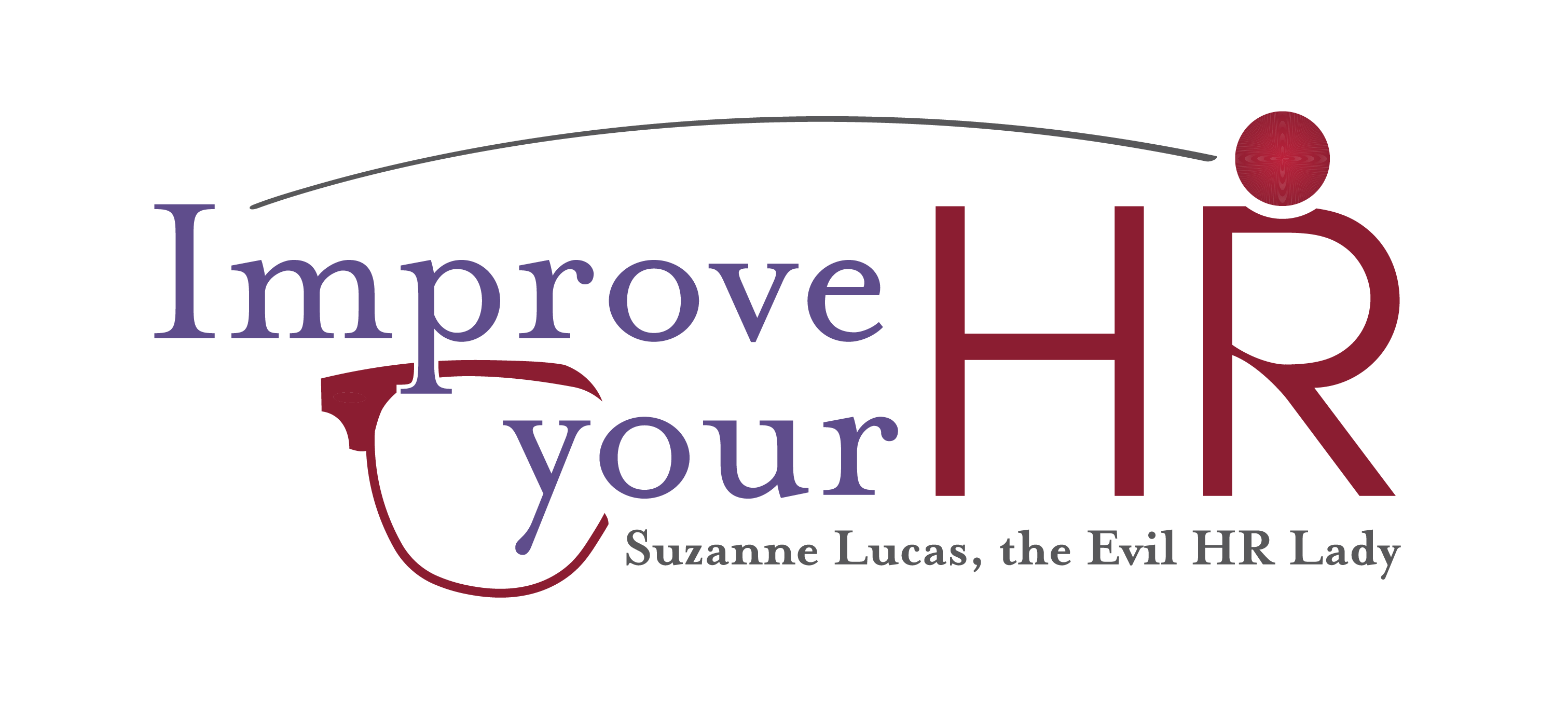Just a few days ago, the House passed the Families First Coronavirus Response Act (FFCRA) and then changed it to make the Senate happy. Today, the Senate passed the revised version without changes. Once President Trump signs this $100 billion bill (which he promised to do), it will go into effect in 15 days. That’s not a lot of time for your business to prepare. Here’s what’s in it.
Qualifying for coverage.
The bill covers all companies with up to 500 employees. There is no 50 person minimum with the typical Family Medical Leave Act, and self-employed people can see some benefits.
There are six qualifying reasons for coverage under this bill. The National Law Review Describes them as follows:
To keep reading, click here: What the Senate’s Passage of the Families First Coronavirus Response Act Means for You
And, after I wrote this President Trump signed it, so it goes into effect April 3. I think. I never know how to count dates.

I, for one, would appreciate a follow up article on this bill as it unfolds, both from the business responsibility and how it applies to all workers in all forms of employment. Is this limited to only one type of employee or does it cover all employees for the companies, especially the lowest level income paid employees?
Right now some companies ( like video game store) are interpreting essential services to include their business as needed to stay open during quarantine. Will this bill be as ambiguous?
There is a 10-day waiting period before this benefit applies. Employees can use existing sick or vacation time to cover these days.
That will use up ALL of most people’s vacation time. >:(
they work for a crappy company then. Mine gets 5 weeks. If people don’t leave a couple for possible illness – well……
Wow, compassionate much for workers without your cushy situation? Lots of work for “crappy companies” with few other options. Maybe you should turn off your humanity button today.
Not unusual in the US. I’ve worked for pretty good companies with generous benefits. New employees start with 10 days of combination vacation/sick leave, and earn an extra day per year worked until they top out at 15-25 days. A newbie has to do without a single day off for vacation or illness in the first year to save up 10 days of sick leave for emergencies. Some companies add a use-it-or-lose-it policy – workers can only carry a limited amount from year to year – so old hands in those places can’t save up much more.
Believe it should be “caring” for “carrying” in this sentence, “The bill no longer provides coverage for people who are in quarantine or carrying for others in quarantine (and not ill).”
It also appears that the emergency sick leave provisions will cover the waiting period for the emergency FMLA. It looks like this means there’s a greater benefit to employees out due to school closures (since emergency FMLA is partially paid) then employees out due to quarantine (no FMLA applicable) or actual COVID-19 symptoms/diagnosis (which may have unpaid FMLA applicable for companies larger than 50). But perhaps I’m misreading – would love a follow-up article!